17 Shocking Reasons Why Growing Up In The Seventies Was Tougher Than Today
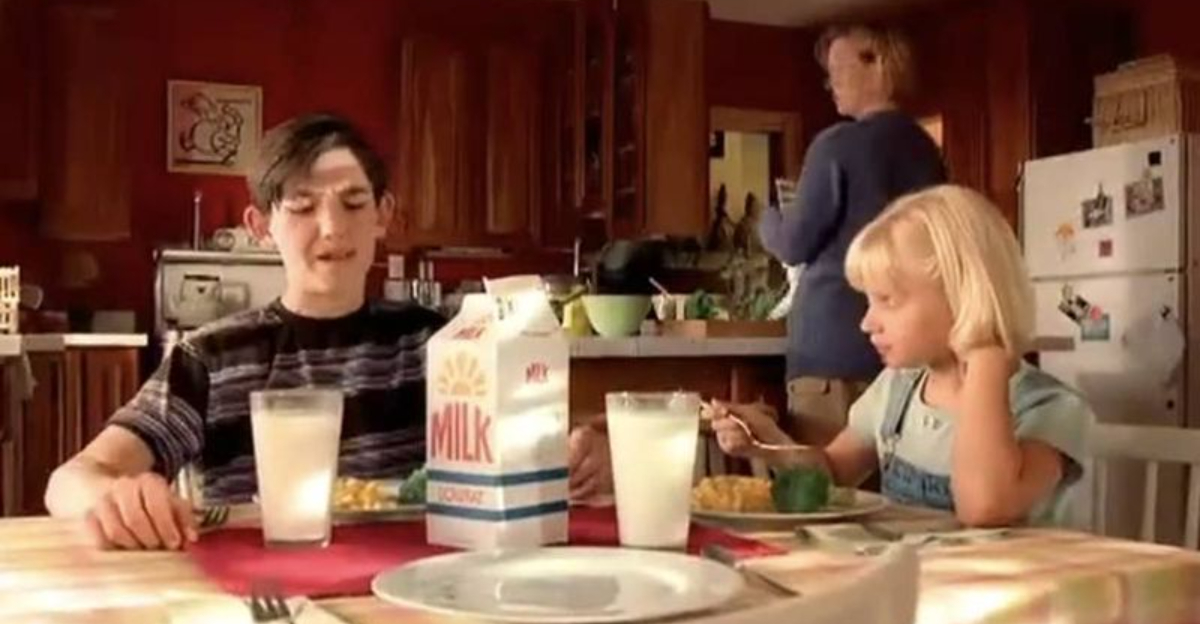
Remember those bell-bottoms, lava lamps, and glittering disco balls? The 1970s might sparkle in our memories as a groovy, carefree era—but let’s not kid ourselves.
Growing up back then was no picnic. Behind the tie-dye and funk beats were childhood challenges that would leave today’s screen-savvy kids wide-eyed in disbelief. No smartphones, no GPS, no streaming—just rotary phones, paper maps, and waiting all week for your favorite Saturday morning cartoons.
If you wanted to hear your favorite song again, you parked next to the radio with a cassette recorder and hoped the DJ wouldn’t talk over the intro. Social drama happened face-to-face, and bullying didn’t come with a block button. But we had grit, imagination, and bikes that doubled as spaceships.
So buckle up for a blast to the past that’s equal parts hilarious and humbling—you might just walk away grateful for Wi-Fi… and helmets.
1. No Pause Button For Life
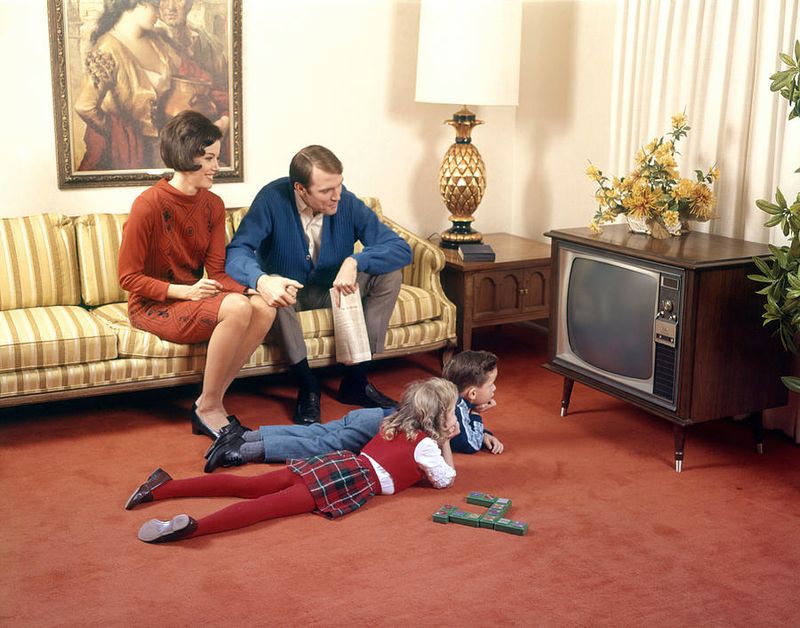
Missing your favorite TV show meant actually missing it—forever! If the Brady Bunch was on at 8 PM and you weren’t parked in front of the set, tough luck, kiddo. You’d have to wait months for reruns or hear about it from friends at school.
I once had to attend my cousin’s birthday during the Star Wars Holiday Special in 1978. Not only did I miss it, but it never aired again! No DVR, no streaming, no YouTube clips to catch up with later.
This created a weird pressure around TV scheduling. Family dinners, homework, and even bathroom breaks were planned around television showtimes. The TV Guide was our bible, carefully studied each week with the intensity of exam preparation. When something good was on, the whole neighborhood went quiet.
2. Car Rides Were Torture Chambers
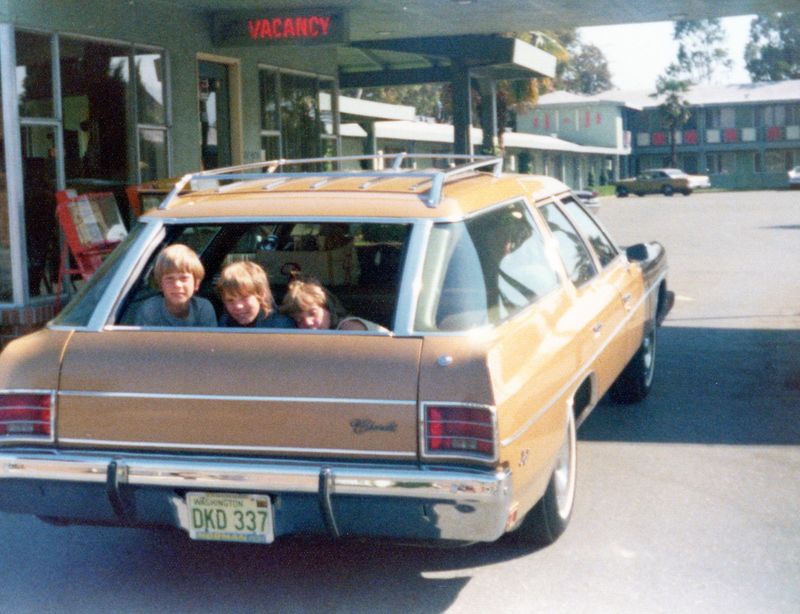
Road trips in the seventies? Pure, unadulterated boredom wrapped in vinyl seats that stuck to your thighs. No tablets, no smartphones, not even portable CD players existed to rescue us from the monotony.
My family drove from Ohio to Florida in 1976, and I spent 18 hours playing license plate bingo and asking “Are we there yet?” until my dad threatened to leave me at a gas station. The only entertainment was looking out the window or fighting with siblings over imaginary lines dividing the backseat.
Cars lacked air conditioning, seat belts were optional, and parents thought nothing of letting kids bounce around in the back of station wagons. During summer, those metal-heavy vehicles turned into saunas. Dad’s solution was always “roll down the window”—which just meant trading heat for highway noise that made conversation impossible.
3. Phone Calls Were Public Affairs
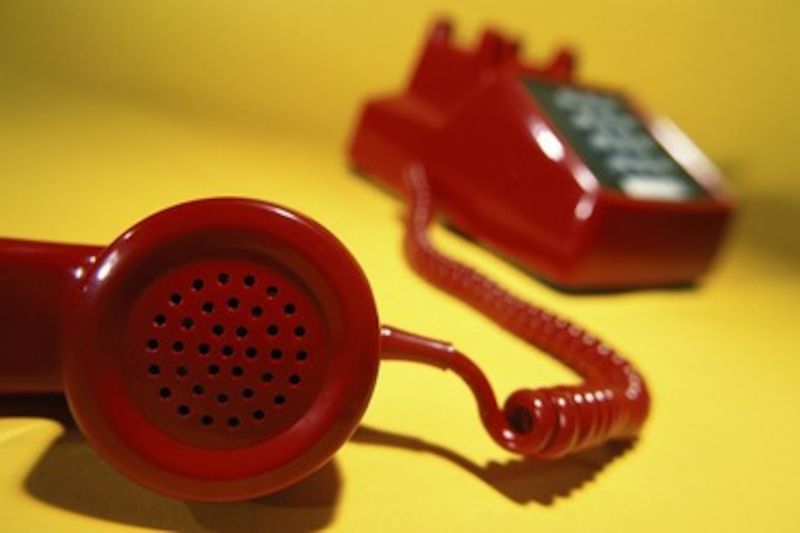
Imagine having one phone for the entire family, mounted to the wall in the kitchen where everyone could hear every word of your conversation. Privacy? That wasn’t in our vocabulary!
When Tommy called to ask me to the school dance, my entire family gathered around pretending to make sandwiches while eavesdropping on every awkward pause. The stretchy cord only reached so far, meaning heart-to-hearts happened within earshot of siblings who’d use your secrets as blackmail material later.
Long-distance calls were reserved for emergencies or special occasions because they cost a fortune. We’d plan ahead for these calls, timing them with a kitchen timer to keep them short. And if someone else was expecting a call? You’d better wrap it up fast or face the wrath of a family member who missed their incoming call because you were tying up the line!
4. Research Papers Meant Library Boot Camp

Writing a school report in the seventies was like training for the academic Olympics. No Google, no Wikipedia—just the dusty card catalog and the Dewey Decimal System standing between you and information.
I spent three full Saturdays at the public library researching volcanoes for my 5th-grade science project. First finding the right books, then photocopying relevant pages at 10 cents a pop, then hand-writing everything because typewriters were expensive luxuries many families didn’t own.
Encyclopedia sets cost hundreds of dollars, so unless your family invested in the complete collection (or at least had the World Book fundraiser knock on your door), you were at the mercy of library hours. And heaven help you if another student checked out the volume you needed! The librarian’s “two-week checkout” rule was stricter than military law, leaving procrastinators in tears when crucial sources were unavailable the weekend before deadline day.
5. Photos Were Precious And Limited
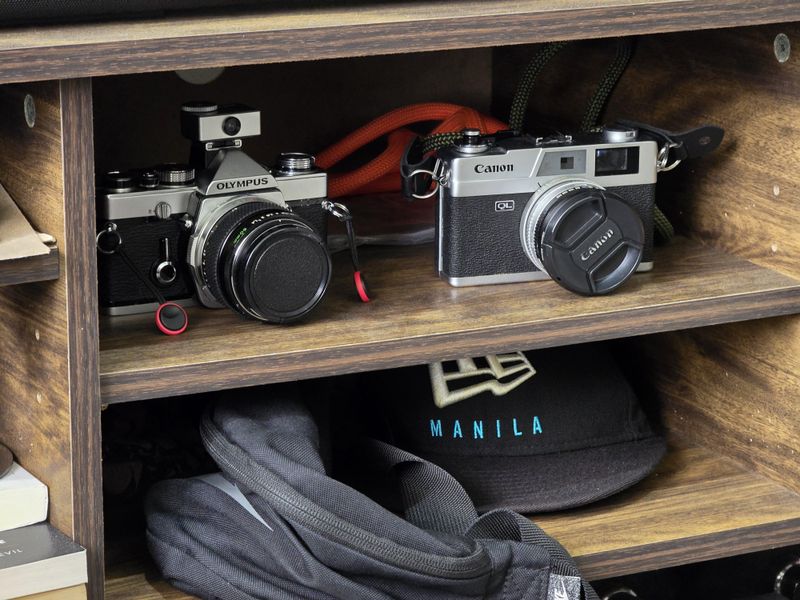
Snapping a picture wasn’t the casual, everyday act it is now. Film was expensive, developing cost money, and you never knew if your shot was any good until days later when you picked up the prints!
My mom’s camera held 24 exposures, which had to last our entire week-long vacation. She’d deliberate over each potential photo like it was a life-or-death decision. “Is this sunset worthy of one of our remaining shots?” was a genuine family discussion.
The worst part? Waiting a week for processing only to discover half your pictures featured someone with their eyes closed or your thumb covering the lens. No deleting and retaking—those failures lived forever in your family album! And selfies? That required setting a timer, racing into position, and hoping for the best. The results were usually off-center disasters showing the top of everyone’s head or an awkward frozen smile that looked nothing like natural happiness.
6. Bike Helmets Were For Sissies

Safety equipment in the seventies? That was just a fancy way of saying “bandages after the fact.” Nobody wore helmets while biking, skating, or sledding—concussions were practically childhood badges of honor!
I still have a small scar above my eyebrow from flying over my banana seat handlebars and face-planting on the pavement in 1977. Mom’s medical response was to slap some Mercurochrome on it (that bright red antiseptic that stung like fire) and tell me to be more careful next time.
Our playgrounds were death traps by today’s standards. Metal slides that reached scorching temperatures in summer. Merry-go-rounds that spun fast enough to create G-forces. Concrete surfaces below jungle gyms instead of cushioned rubber. Parents didn’t hover nervously—they were inside having coffee while we tempted fate on equipment that would trigger immediate recalls today. The seventies philosophy was simple: what doesn’t kill you makes you tougher.
7. Secondhand Smoke Was Everywhere
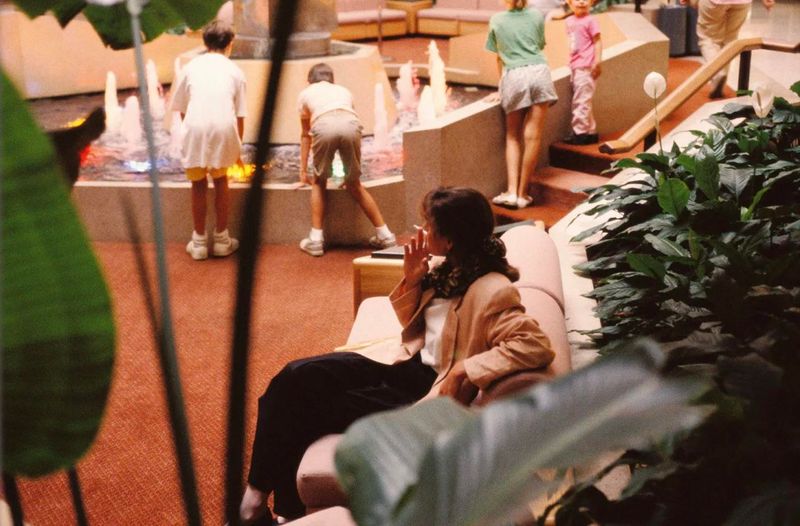
The air in the seventies came with a complimentary side of tobacco smoke, whether you wanted it or not. Adults puffed away in restaurants, airplanes, shopping malls, and even hospital waiting rooms!
My elementary school teachers had ashtrays on their desks. They’d light up during class, creating a foggy haze that hung in the air while we tried to focus on multiplication tables. Can you imagine that happening today?
Long car rides meant being trapped in a sealed metal box while parents chain-smoked with the windows barely cracked. Restaurants didn’t have non-smoking sections until late in the decade, and even then, it was like having a “non-peeing” section in a swimming pool. The smoke drifted everywhere. Movie theaters were the worst—watching films through a blue-gray haze while the beam from the projector illuminated the floating particles. Our clothes permanently smelled like ashtrays, but nobody thought twice about it—that was just how the world smelled.
8. Bullying Was Just ‘Kids Being Kids’
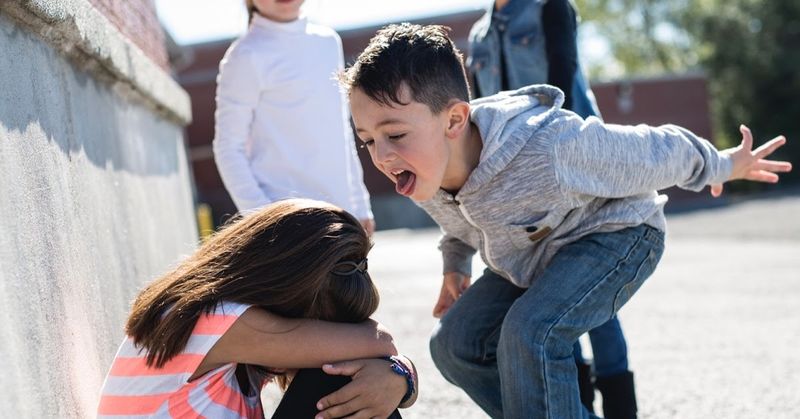
Getting picked on wasn’t considered a problem worth addressing—it was viewed as a normal part of growing up. “Sticks and stones may break my bones” wasn’t just a saying; it was the entire anti-bullying program of the decade.
In fourth grade, a kid named Eddie stole my lunch money weekly, and the teacher’s advice was “figure out how to handle it yourself.” Parents and teachers expected children to work out their differences without intervention. Physical altercations on the playground rarely resulted in more than a half-hearted “knock it off” from distant adult supervisors.
The psychological impact of bullying wasn’t on anyone’s radar. Being called names, excluded from groups, or physically intimidated was considered character-building. “Toughen up” was the standard response to tears or complaints. No counselors, no mediation sessions, no anti-bullying assemblies. The seventies approach boiled down to survival of the fittest, with kids developing thick skins or elaborate avoidance strategies that followed them into adulthood.
9. Dental Visits Were Medieval Torture
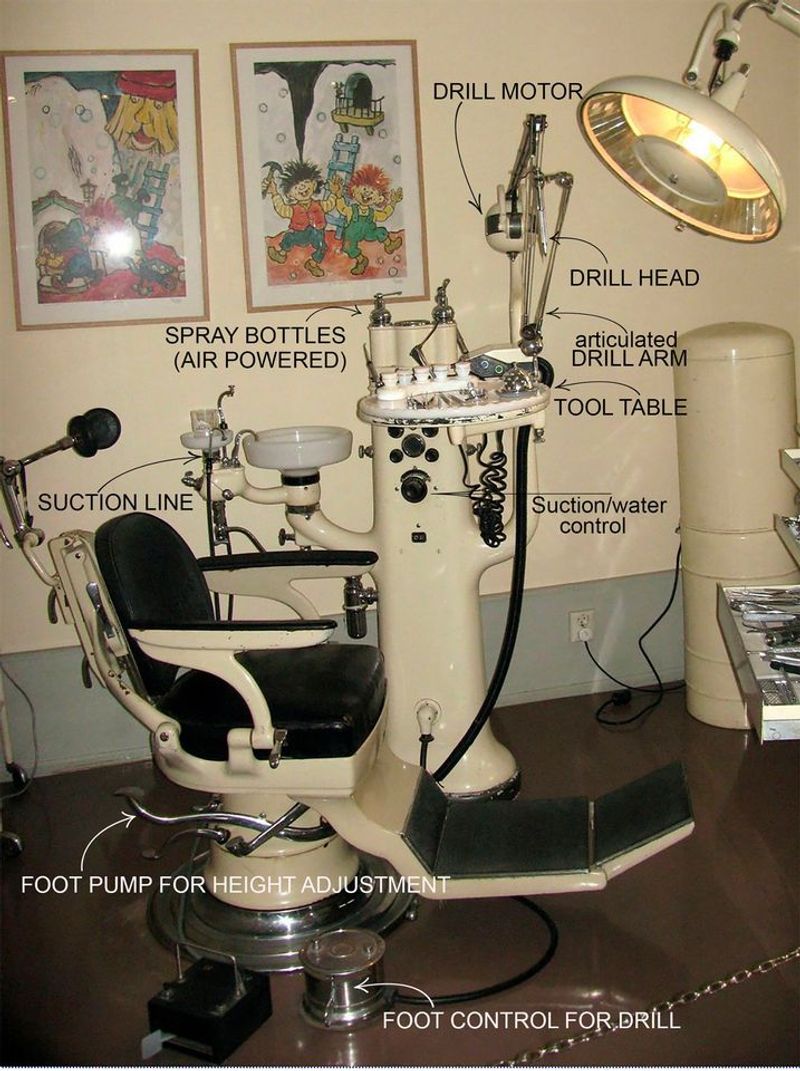
The whine of the dental drill still triggers my fight-or-flight response decades later. Seventies dentistry was practically barbaric compared to today’s pain-managed procedures!
I had three cavities filled in 1975 with minimal numbing and no distractions. The dentist used a foot-pedal-powered drill that seemed to vibrate my entire skull while I white-knuckled the chair arms. No TVs on the ceiling, no headphones with music, not even stress balls to squeeze—just the command to “open wider” while tears streamed into my ears.
Braces were even worse—bulky metal bands wrapped around each tooth, connected by wires that looked like something from a hardware store. Orthodontist visits meant hours of discomfort with no end in sight. Parents dismissed complaints with reminders of how much everything cost. And fluoride treatments? That gooey, disgusting gel in ill-fitting trays that made you gag while the timer ticked down at an excruciating pace. Modern kids have no idea how good they have it with flavored treatments and gentle techniques.
10. Stranger Danger Wasn’t A Thing
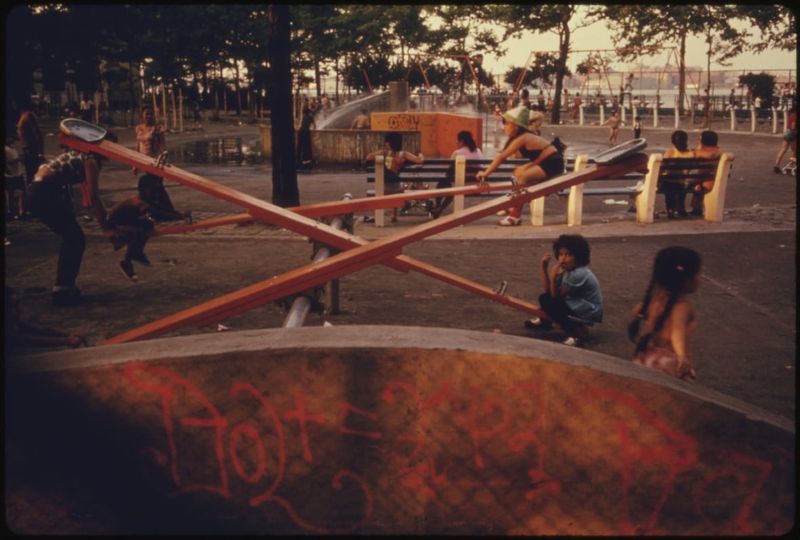
Parents in the seventies had an almost reckless approach to childhood independence. “Be home when the streetlights come on” was the extent of safety planning for most kids my age.
I routinely wandered miles from home at eight years old, exploring construction sites, drainage ditches, and abandoned buildings without adult supervision. Hitchhiking wasn’t considered particularly dangerous—I thumbed rides to the swimming pool with friends throughout summer vacation. Mom never knew where I was for hours at a time.
Children answered the door when strangers knocked and were taught to be polite to any adult who approached them. We accepted candy from neighbors we barely knew on Halloween and walked alone through isolated areas without cell phones to call for help. The concept of “stranger danger” barely existed. Kids roamed in packs without parental oversight, making decisions that would horrify today’s helicopter parents. While this freedom built independence, it also put us in genuinely risky situations that today’s safety-conscious culture would never permit.
11. Sick Days Meant Actually Being Sick

Getting sent to school with a fever was standard operating procedure. Unless you were actively projectile vomiting or had a visible, contagious rash, you were expected to tough it out in the classroom.
I sat through entire school days with strep throat before mom could get off work to take me to the doctor. The school nurse’s office consisted of a wooden chair and a paper cup of water—her medical interventions limited to checking for fever with the back of her hand and maybe an ancient ice pack for injuries.
Parents couldn’t just leave work for a sick child—no remote options or flexible schedules existed. This meant many kids suffered through school days feeling awful, spreading germs throughout the building. Teachers had limited sympathy; “You’re here, so you can do the work” was the prevailing attitude. Mental health days? That concept would have been laughable. Stress, anxiety, or emotional struggles weren’t valid reasons to miss school. The seventies mentality was clear: unless you were hospitalized, education took priority over comfort or wellbeing.
12. Summer Meant Endless Unsupervised Freedom
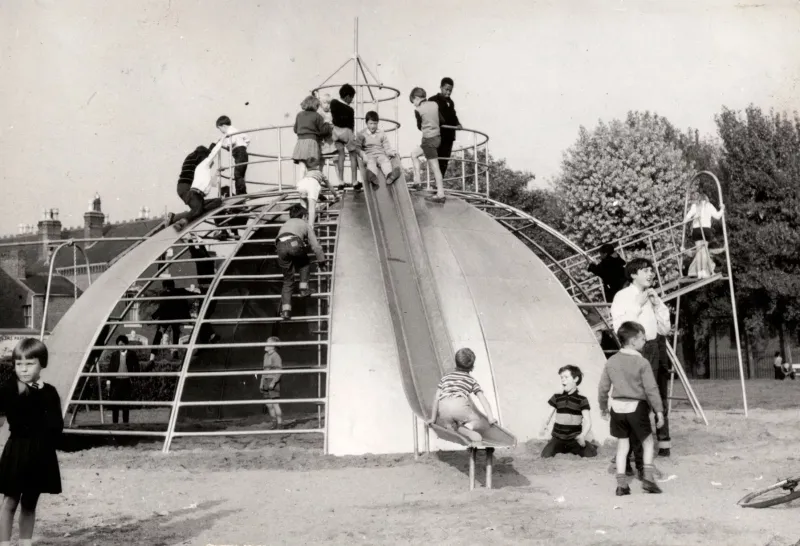
Summer vacation in the seventies was both magical and mildly terrifying. From sunrise to streetlight-on, kids disappeared into the neighborhood with zero adult oversight or structured activities.
My entire summer of 1974 consisted of leaving the house after breakfast with the instruction “be back for dinner.” I’d bike miles away, swim in creeks of questionable cleanliness, and climb trees too high for comfort. No sunscreen, no cell phones to check in, no GPS tracking—just the wild freedom of unsupervised exploration.
This independence bred resilience but came with risks. Injuries happened without adult first aid nearby. Older kids sometimes led younger ones into genuinely dangerous situations. Boredom was our responsibility to solve, not parents’ problems to fix with camps and classes. We invented games, resolved conflicts, and established our own social hierarchies without adult mediation. While modern kids have safer, more structured summers, they miss the character-building challenges of figuring things out entirely on our own terms.
13. Dinner Was Whatever Mom Made—Period
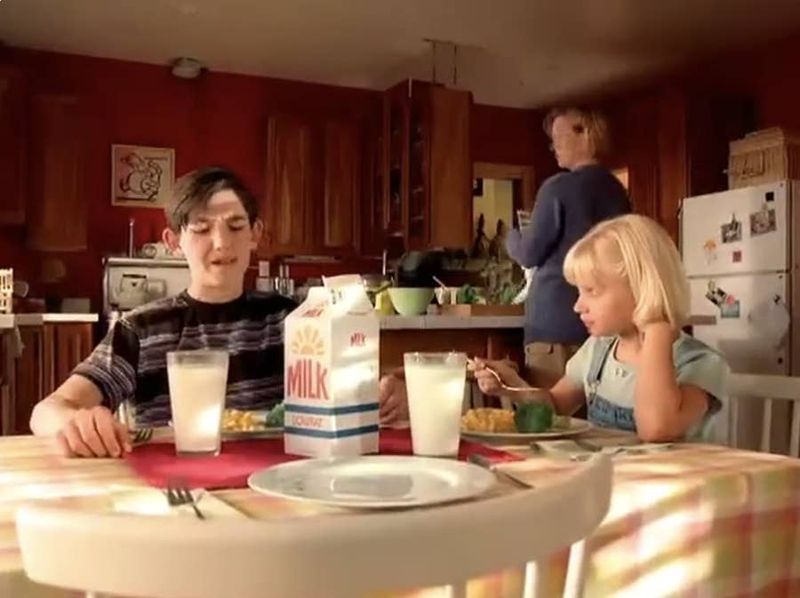
Picky eaters weren’t accommodated in seventies households. Whatever landed on your plate was what you ate—or you went hungry until breakfast.
My mother’s liver and onions night was dreaded in our household. I once sat at the table until 10 PM, engaged in a battle of wills over a cold, congealing plate of organ meat that I couldn’t stomach. No special kid-friendly alternatives were offered; no mac and cheese backup plan existed.
Food allergies and sensitivities were barely recognized concepts. Vegetarianism was considered a bizarre fringe choice. Gluten-free? That wasn’t even in our vocabulary. Family dinner meant one meal for everyone, with parents unmoved by complaints or preferences. The phrase “I’m not running a restaurant” echoed through dining rooms nationwide. This approach created resilient eaters but also some lasting food aversions. Today’s customized meals and dietary accommodations would have seemed like unimaginable luxury to kids who grew up knowing dinner was a non-negotiable experience.
14. Cold War Anxiety Was Everyday Reality
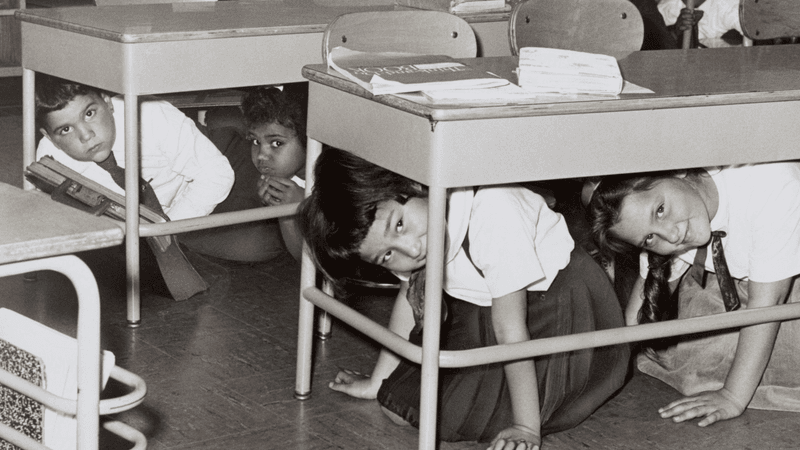
Growing up with the constant threat of nuclear annihilation added a special flavor of existential dread to childhood. Duck-and-cover drills at school had us practicing for the end of the world by hiding under wooden desks—as if that would help against atomic bombs!
I lay awake many nights after watching special news reports about Soviet missiles, wondering if morning would come. Movies and TV shows regularly featured nuclear disaster scenarios that seemed entirely plausible. The adults in our lives didn’t shield us from these fears—they shared them.
Conversations about fallout shelters and survival strategies happened at dinner tables across America. Some neighborhoods had designated community bunkers; others posted radiation shelter signs in public buildings. We were simultaneously taught that nuclear war could happen anytime while being expected to focus on spelling tests and Little League games. This background radiation of fear created a generation with a unique perspective on mortality and global politics, all before we’d reached middle school.
15. Fashion Was Genuinely Painful

The clothes of the seventies weren’t just ugly—they were instruments of torture disguised as fashion. Polyester didn’t breathe, creating personal saunas that left kids sweaty and miserable during school picture day.
I still remember the agony of corduroy pants that made swish-swish noises when I walked and chafed my thighs raw during recess. Girls suffered through tight braids secured with rubber bands that pulled hair from the roots, plastic barrettes that snapped closed on scalps, and uncomfortable tights that sagged and bunched. Boys endured bowl cuts administered by mothers wielding dull kitchen scissors.
Shoes were particularly brutal—platforms that twisted ankles, Earth Shoes that changed your gait, and sneakers with zero arch support. Winter meant scratchy wool sweaters worn directly against skin, causing full-body itching that couldn’t be relieved in public. And don’t get me started on the homemade matching outfits some mothers insisted upon, ensuring siblings could be equally embarrassed in identical uncomfortable ensembles that looked like rejected curtain patterns.
16. Boredom Was A Way Of Life
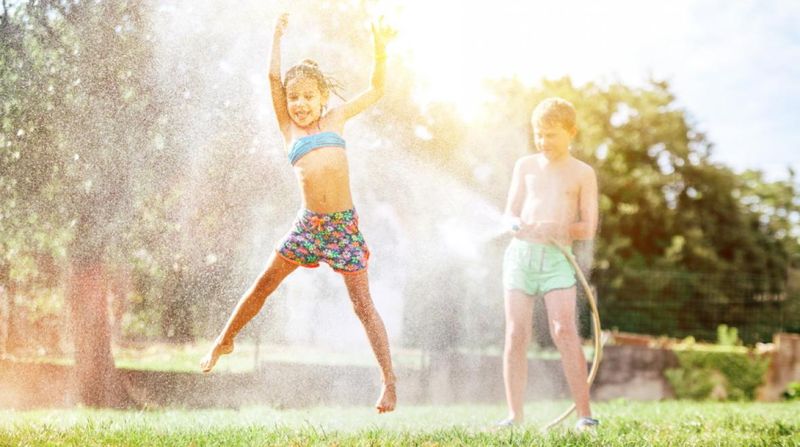
Kids today will never understand the profound, soul-crushing boredom that defined rainy days in the seventies. With three TV channels showing soap operas or game shows during daytime hours, entertainment options were severely limited.
I once spent an entire Saturday afternoon repeatedly throwing a tennis ball against the garage door because there was literally nothing else to do. Board games missing crucial pieces, dog-eared copies of Highlights magazine, and making prank phone calls constituted our entertainment arsenal. During summer vacation, the phrase “I’m bored” would trigger parental suggestions of chores rather than sympathy.
This chronic boredom had an unexpected upside—it forced creativity. We invented elaborate games, built forts from sofa cushions, and created imaginary worlds out of necessity. Without constant stimulation, our minds wandered into creative territories that today’s entertainment-saturated kids might never explore. The seventies taught us to entertain ourselves with minimal resources, a skill that’s becoming increasingly rare in an era of infinite content and instant gratification.
17. Learning Disabilities Went Unrecognized

If you struggled in school during the seventies, you weren’t dyslexic or had ADHD—you were lazy, stupid, or not trying hard enough. Learning differences weren’t understood or accommodated; they were punished.
My friend David couldn’t sit still or focus on reading. Today, he’d receive support and accommodations, but in 1975, he was repeatedly paddled for “disrupting class” and forced to stay inside during recess to complete work he physically couldn’t process. His parents were told he simply needed more discipline at home.
Children with processing disorders were labeled “slow learners” and often separated into special classes that provided little actual help. No individualized education plans existed. No classroom accommodations were offered. Teachers used a one-size-fits-all approach, and kids who couldn’t fit that mold were left behind or pushed through the system without gaining necessary skills. The emotional damage of being called “dumb” by both peers and adults created lasting wounds that many seventies kids still carry today.
